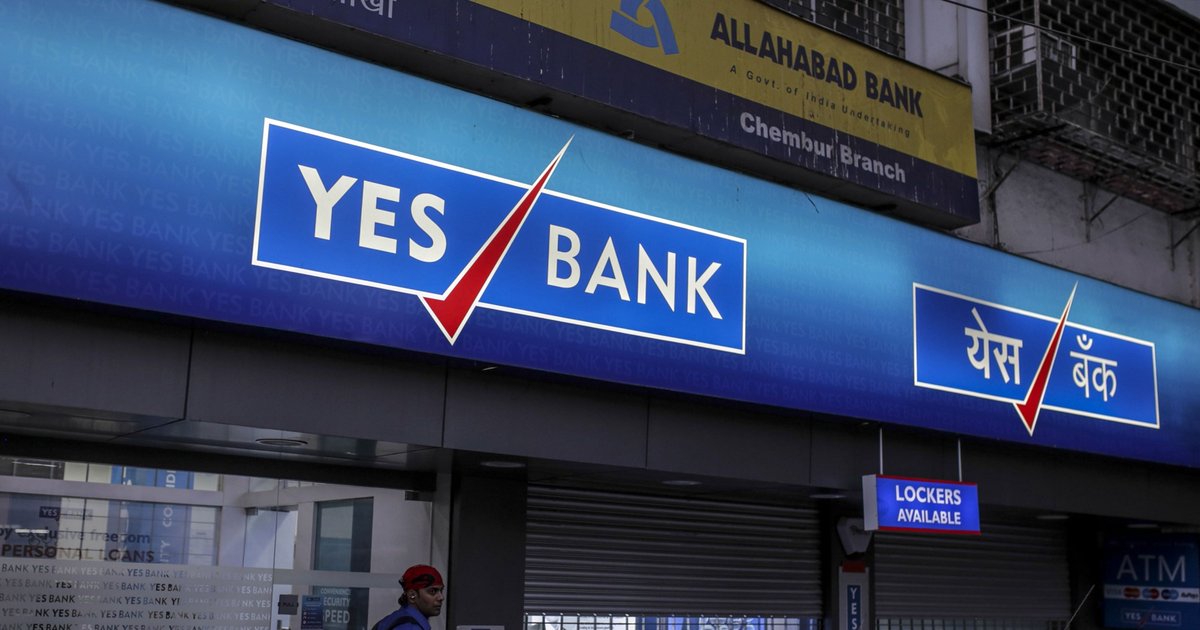Yes Bank today has fully repaid the entire sum of Rs 50,000 crore of Special Liquidity Facility it had availed from the Reserve Bank of India (RBI). The virtual Annual General Meeting of the shareholders was held on Thursday, and the Chairman of the bank Sunil Mehta confirmed the progress in the meeting.
Mehta informed the shareholders, that the bank has fully repaid the entire sum of Rs 50,000 crores of SLF to RBI.” The special liquidity line was given to the Bank in March when it was coming out of the moratorium to make up for large deposit withdrawals. The window was first given for a three month period and later extended till mid-September. The Chairman added that it had received “strong customer liquidity inflows, since Yes Bank’s reconstruction in March,” and that deposits were accruing on a monthly basis now.
While he was addressing the queries, investors asked about the plans of a potential merger with the State Bank of India, Mehta answered there are no such plans as of now. He added as far as my knowledge, neither the bank nor any authority had discussed such a proposal.
Investors also put forward the concerns over the bank’s decision to freeze their stake for a few years after its reconstruction. The decision to freeze shares for the next 3 years was taken keeping the larger interest of all shareholders in mind, Prashant Kumar, the MD & CEO of the bank responded.
While addressing the investors, the CEO said that the bank was successful in bringing the costs down by almost 20 percent in the first quarter, and has now appointed an adviser to take care of medium and long term cost rationalization measures. Kumar also mentioned that by holding a virtual annual general meeting (AGM) the bank saved almost Rs 90 lakhs. “Holding the physical AGM cost us Rs 1 crore last year, and this year it only cost us Rs 10 lakhs,” he said, adding that the bank would continue with the virtual Annual General Meeting if the shareholders give the green signal.
A dedicated team of 80 people is working only on recovery of legacy bad loans, and we shall recover a substantial portion of the book over the next two to three years, Prashant Kumar said, while commenting on the financial performance of the bank.
The bank is currently working to expand the balance sheet size and aims to double the deposit base by end of the next financial year and increase the loan book by 10 percent in this financial year and 20 percent in the next financial year. Currently, the retail book of the bank is 45 percent of the loan portfolio, the target of the bank is to grow the retail book to 60 percent of the total loan portfolio.
The private lender had borrowed money from the RBI in anticipation of strong deposit outflows after the regulator decided to lift the moratorium placed on the bank. The bank since then also raised nearly Rs 15,000 crore through a further public offering (FPO). Post the fundraise the bank’s Pro-forma Common Equity Tier (CET) 1 ratio doubled to 13.4% from 6.6% at the end of June, 2020, bringing its capitalization largely in line with the private sector peers.
“The significantly improved solvency ratio strengthens the Bank’s resilience to potential asset quality risks resulting from the impact of the economic slowdown and COVID-19 related disruptions on India’s economy,” Mehta said. “We are closely monitoring the stress on our credit portfolio on account of legacy issues, current macro-economic and COVID -19 situation.”

